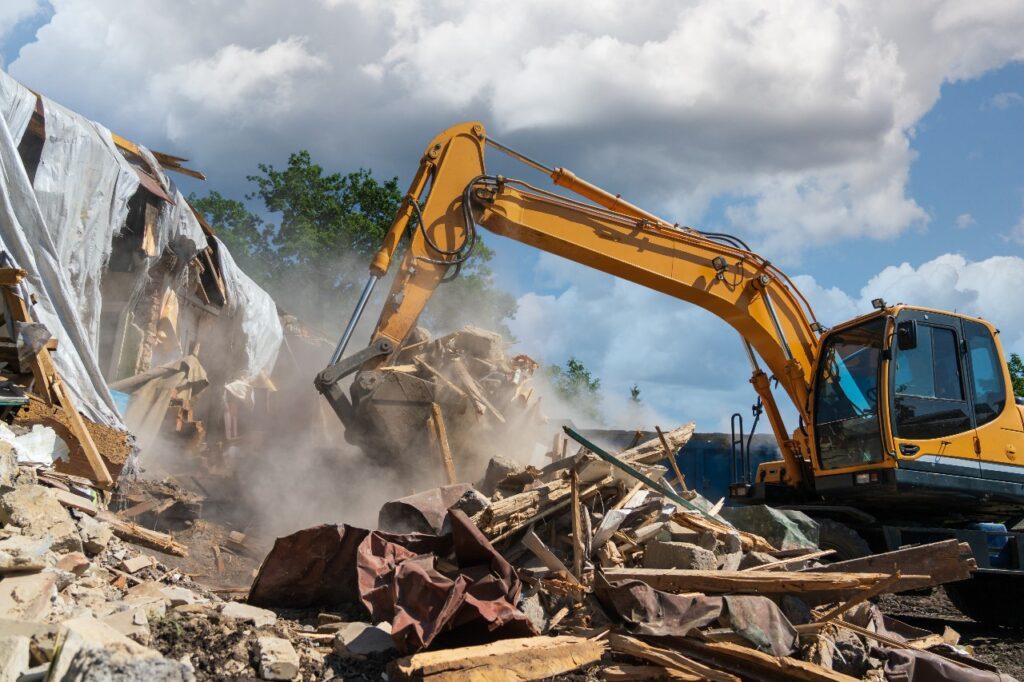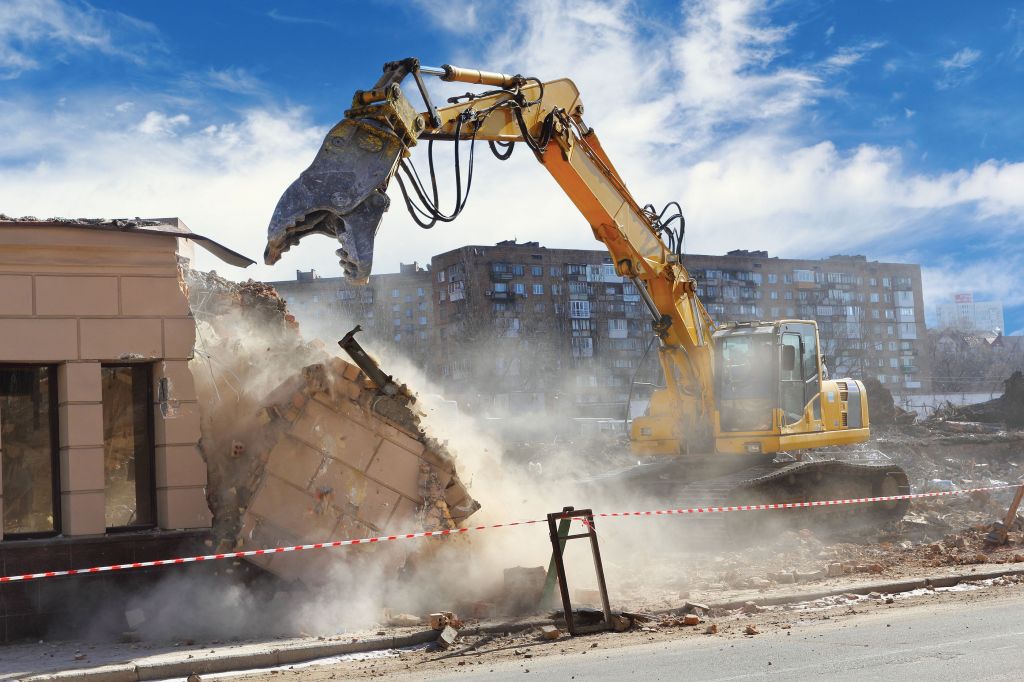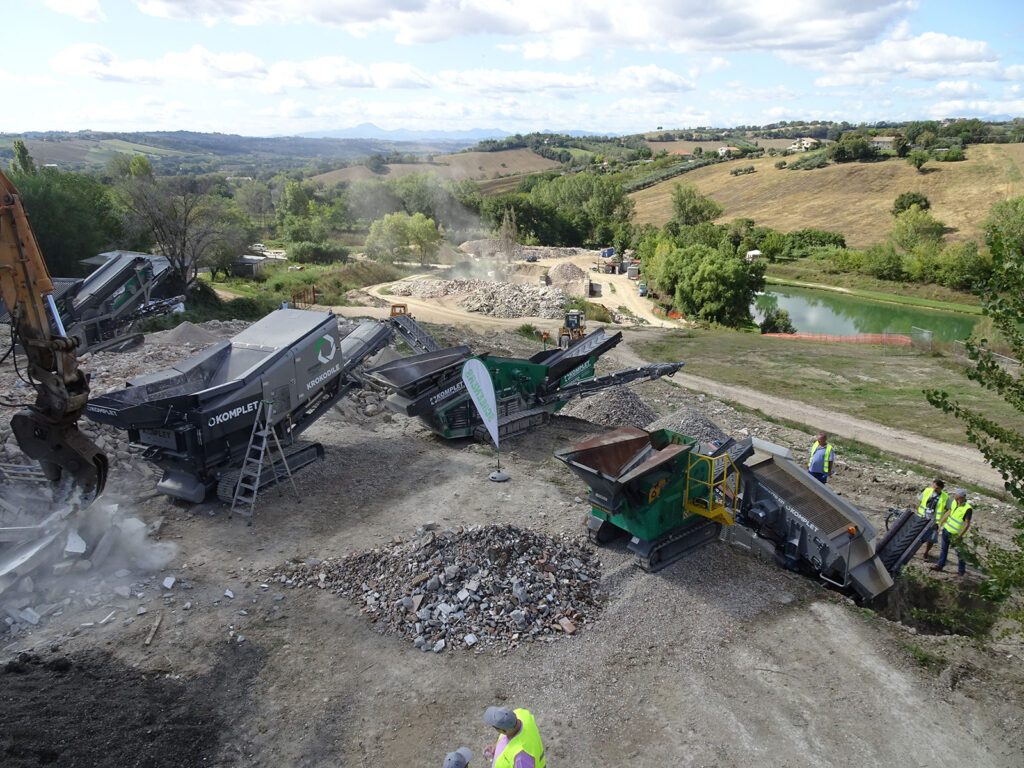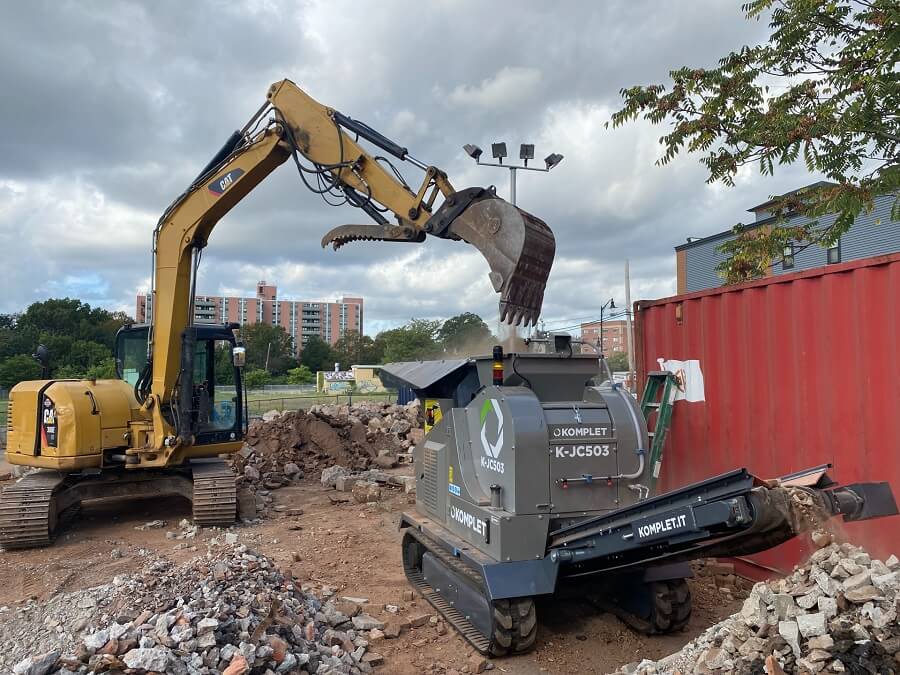The construction industry is a vital engine of progress, but it also generates a significant amount of construction waste.
Construction and demolition (C&D) waste, surrounding everything from bricks and concrete to wood and metal, accounts for an amazing 60-70% of the total waste stream in some countries.
While much of this waste ends up in landfills, it represents a missed opportunity. C&D waste, when managed responsibly, can be transformed from rubble into a valuable resource.

Understanding C&D Waste: A Mixed Bag of Materials
C&D waste is a diverse mix of materials, each with its potential for reuse or recycling. Some of the most common components include:
- Concrete and brick: These heavy materials can be crushed and repurposed into aggregate for new construction projects.
- Wood: Scrap wood can be chipped and used for biomass energy production or mulched for landscaping applications.
- Metal: Ferrous and non-ferrous metals are highly recyclable and can be melted down and used to create new products.
- Gypsum wallboard: This common building material can be recycled into new drywall or used as a soil amendment.
- Asphalt: Crushed asphalt can be used as paving material for roads and driveways.

From Waste to Resource: The Benefits of C&D Waste Management
By implementing effective C&D waste management strategies, we can reap a multitude of benefits:
- Environmental Protection: Diverting waste from landfills reduces greenhouse gas emissions, conserves natural resources, and protects ecosystems.
- Economic Advantages: Recycling and reusing C&D materials create jobs, stimulate local economies, and reduce reliance on virgin materials.
- Resource Conservation: Reusing existing materials reduces the need for extracting and processing new resources, minimizing environmental impact.

Building a Sustainable Future: C&D Waste Management in Action
Several innovative approaches are transforming the way we handle C&D waste:
- Deconstruction: This selective dismantling process allows for the careful separation and recovery of valuable materials from buildings before demolition.
- Construction and Demolition Debris Recycling (CDDR) facilities: These facilities sort, process, and recycle a wide range of C&D materials.
- Building Information Modeling (BIM): This technology helps architects and engineers design buildings with C&D waste reduction in mind.
Taking Action: What We Can Do
Whether you’re a homeowner, contractor, or simply a concerned citizen, you can play a role in reducing C&D waste:
- Support businesses that prioritize sustainable construction practices.
- Choose recycled or sustainably sourced building materials when possible.
- Learn about local C&D waste disposal and recycling options.
- Spread awareness about the importance of C&D waste management.

By understanding the value of C&D waste and embracing sustainable practices.
We can build a future where construction is not just about creating structures, but also about conserving resources and protecting our planet.
Let’s turn the tide on C&D waste. Visit the website of your local C&D waste management facility or organization to learn more about what you can do to make a difference.
Together, we can transform construction waste from a burden into a valuable resource for a more sustainable future.
